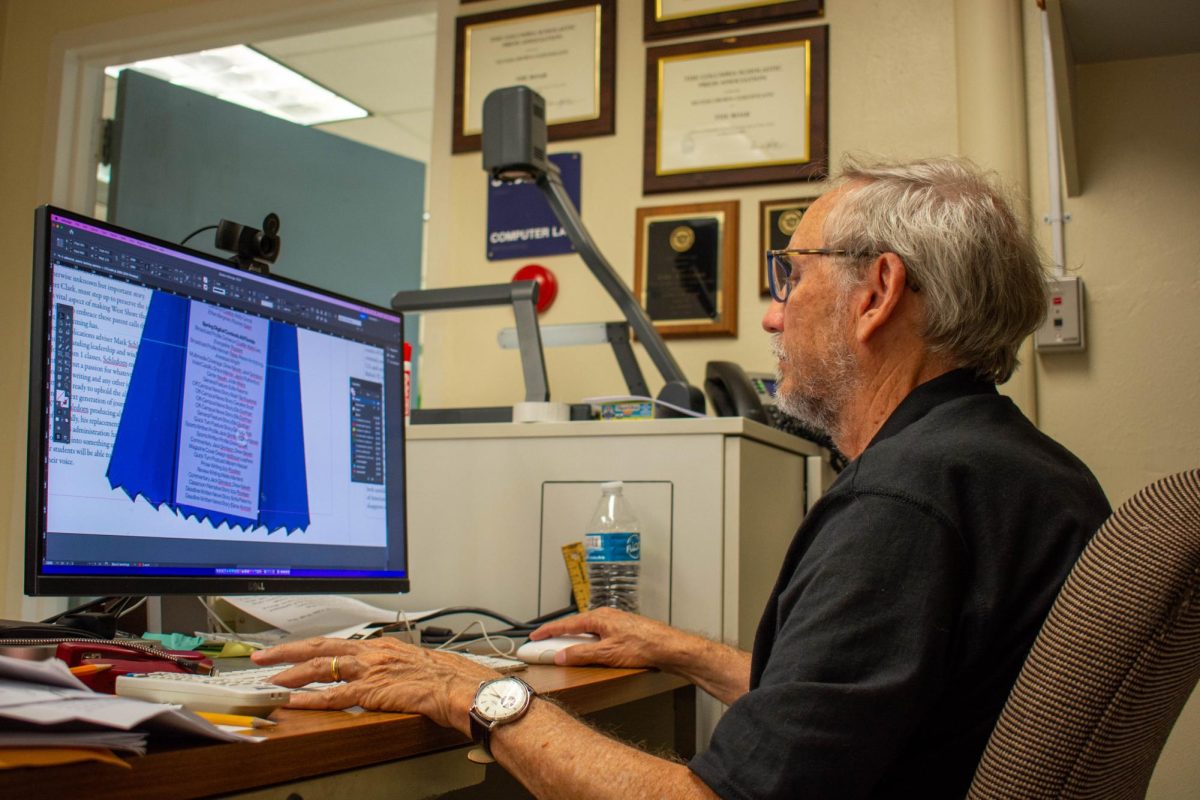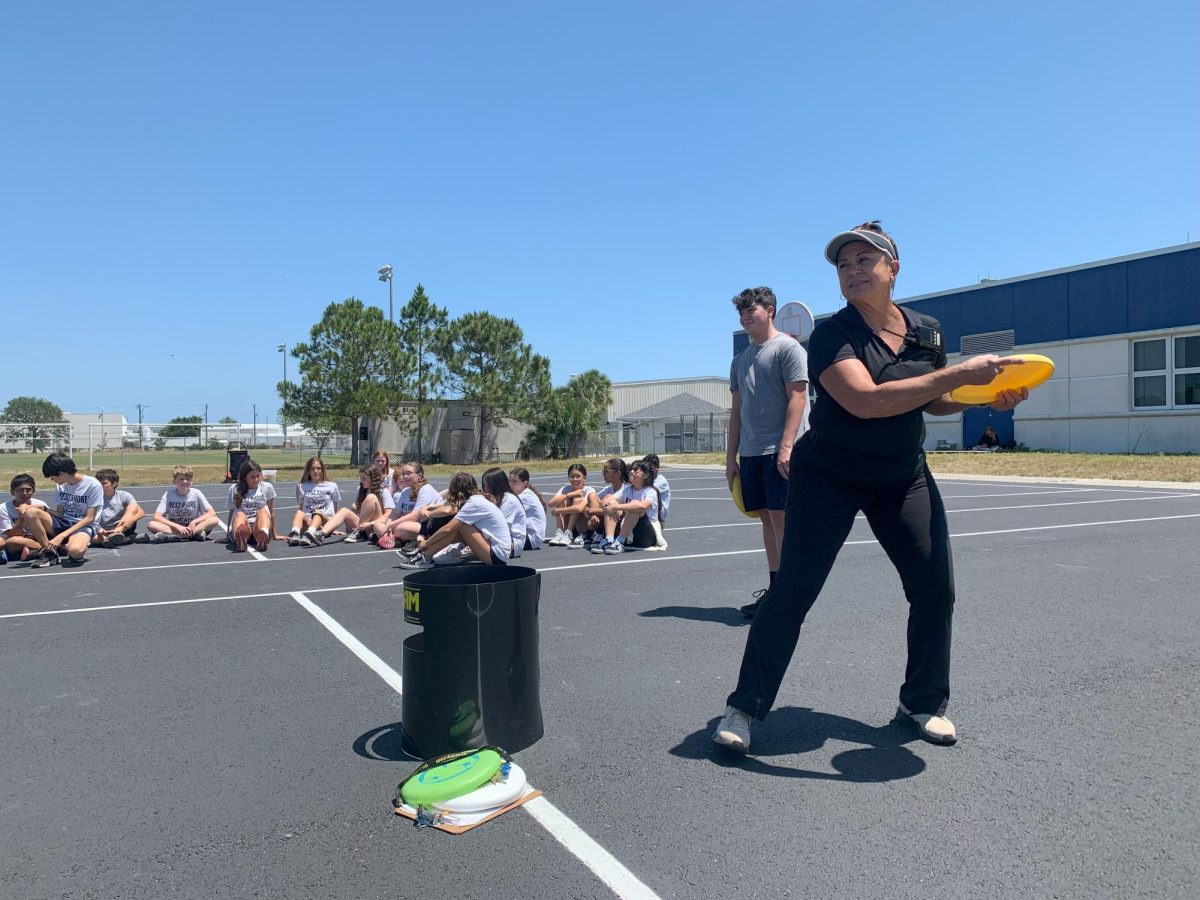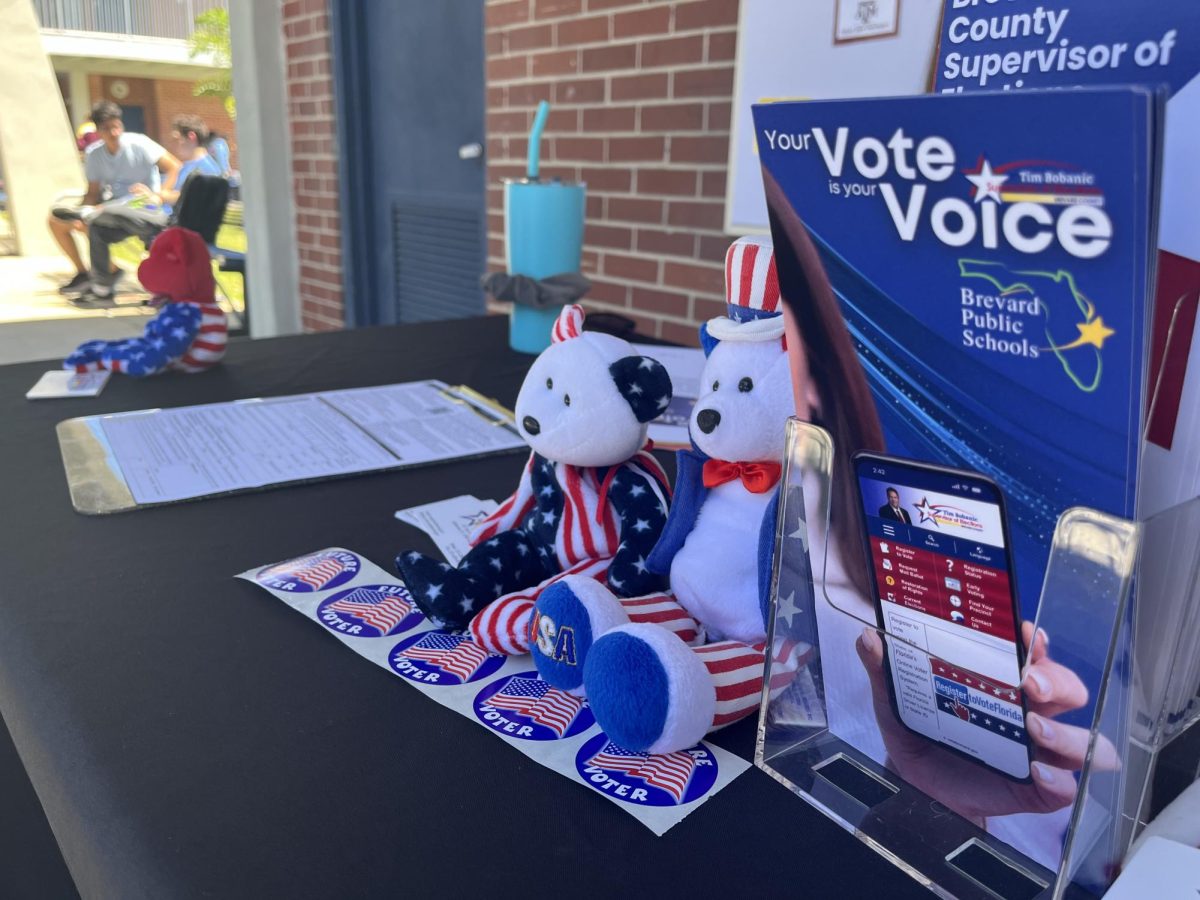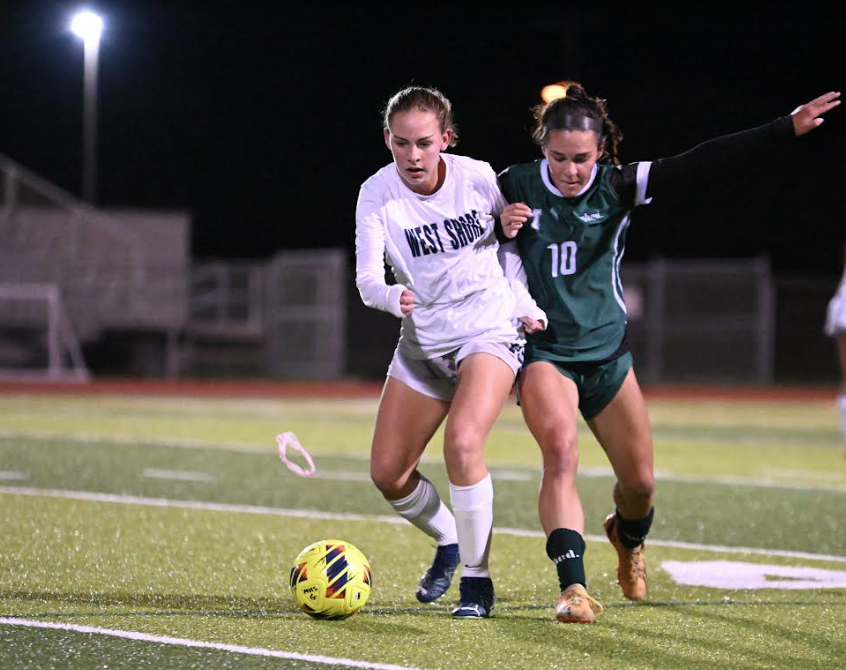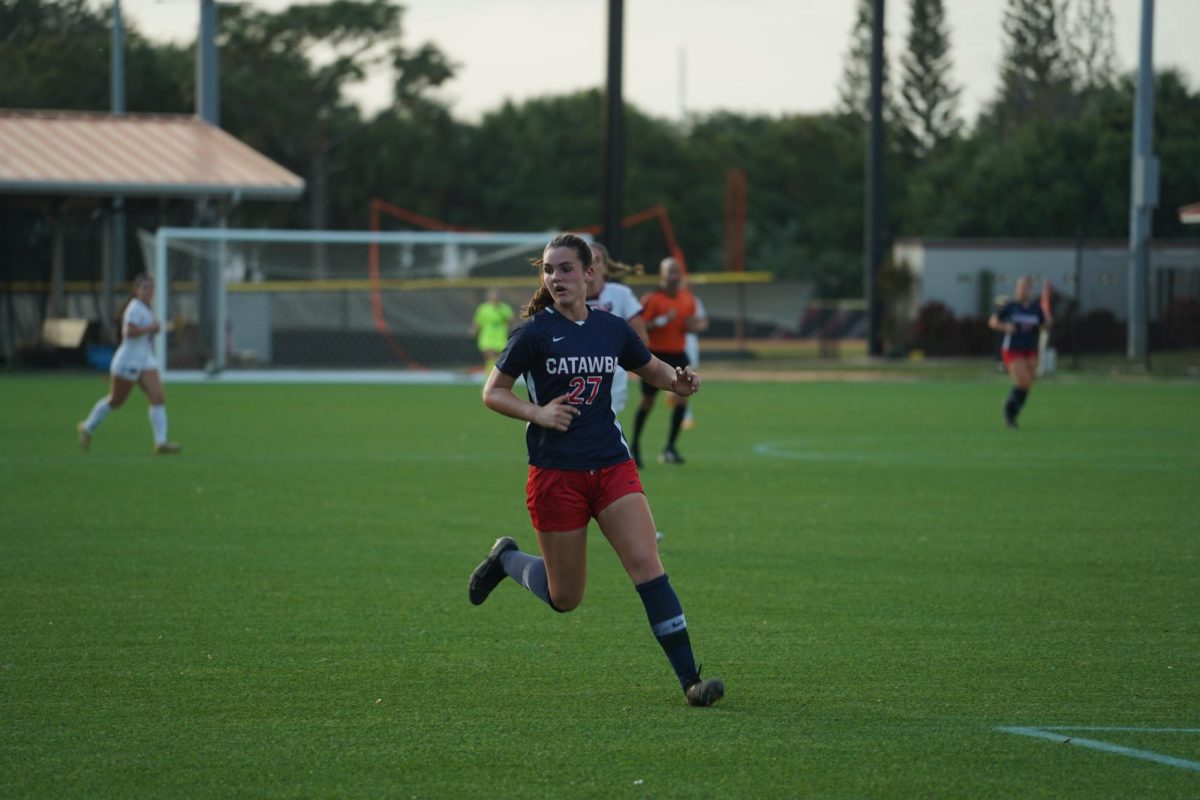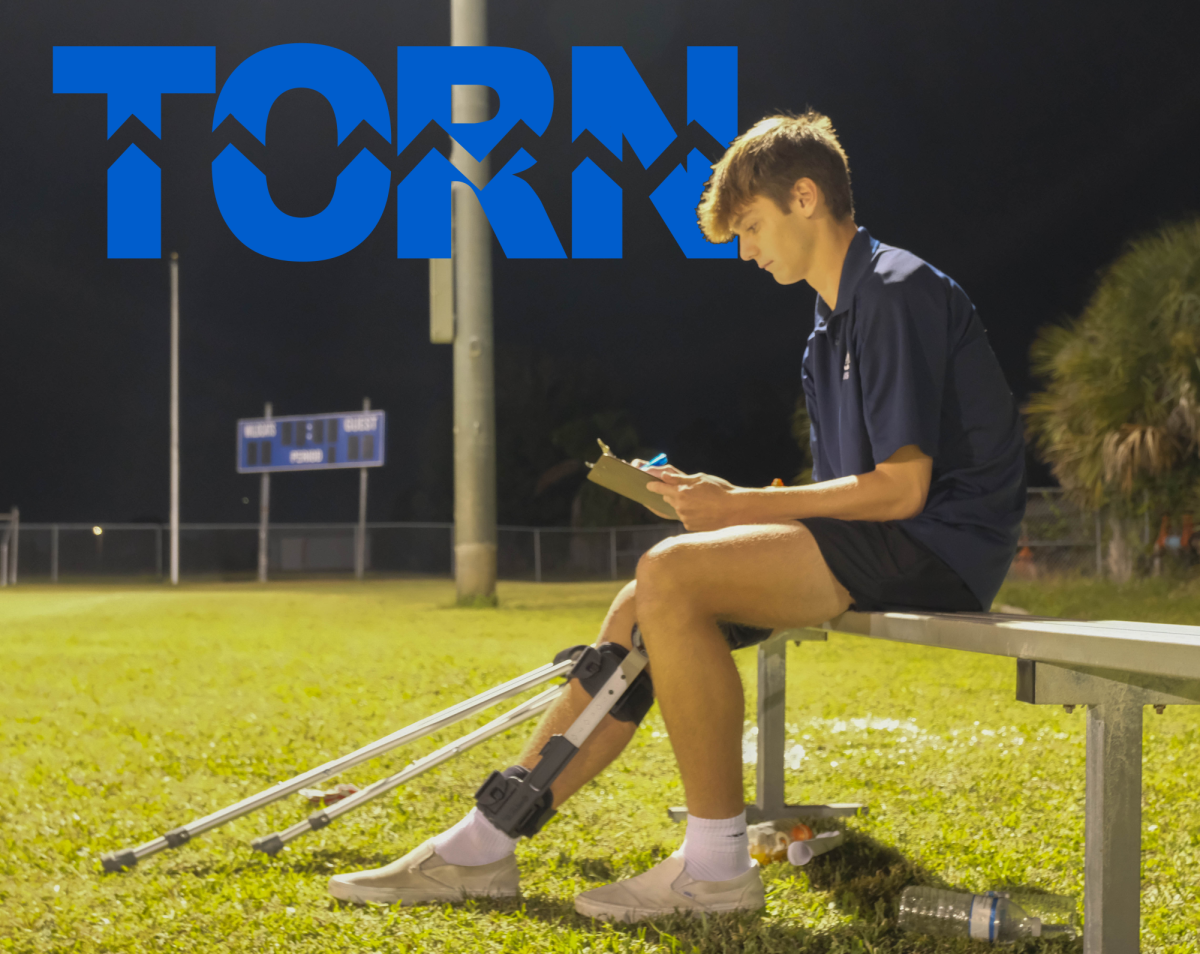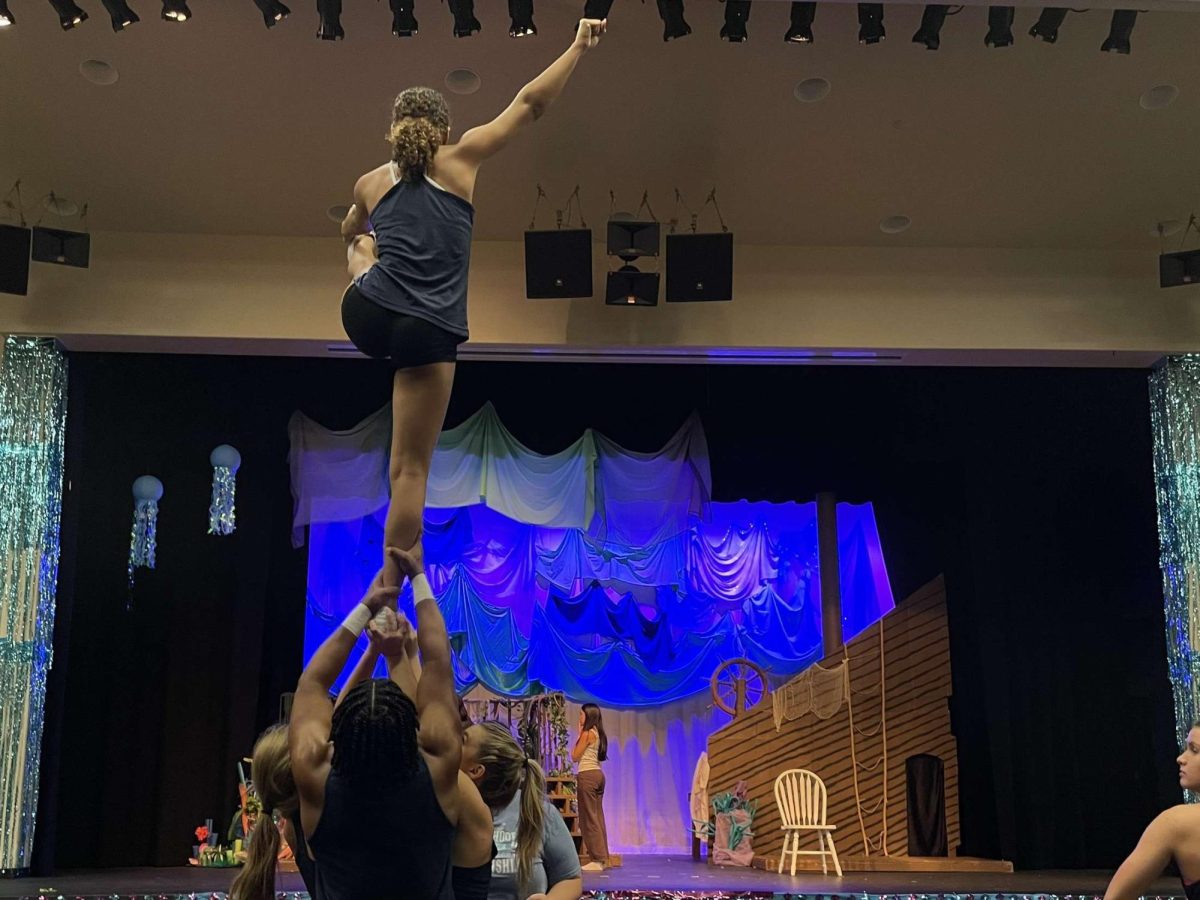Athletic Director Tony Riopelle was relieved to hear that the school district would begin paying for referees this year, which usually cost the school $20,000 to $35,000 dollars per year. This additional attention toward sports funding has resulted from complaints about insufficient funding in the county, dating back more than 15 years.
Prior to the economic depression in 2007, Brevard followed a system of athletic equalization in which sports funding was evenly distributed throughout the district.
“The ticket sales for every sporting event in Brevard Public Schools went into a pot at the school district and got divvied up amongst all the schools,” Riopelle said. “We used to get $45,000 to $50,000 a year, which is basically what you need to really run an athletic program.”
During the recession, the district stopped utilizing athletic equalization for athletic funding. Since that time period, each school has received roughly $11,000 per year for athletic programs, regardless of school size or demographics. Schools’ athletic programs needed to operate based on the district funding in addition to the gate sales from sports games.
At West Shore, we don’t have a lot of ticket sales because we don’t have football,” Riopelle said. “Your football schools get to keep all that money, so they’re able to do a lot more than us and Edgewood.”
Riopelle said that the lack of funding has reduced the resources available for sports teams.
“Anytime we need something, it has been coming right out of that $11,000, so it’s rough. That’s why we don’t provide transportation: because we just don’t have any funding to do it.”
However, funding has not been the only roadblock toward transportation for sports.
“I’ve had some booster clubs that say, ‘Hey, we’ll get buses for our kids’, “ Riopelle said. “And I tell our boosters it’s not even worth it because the district doesn’t have enough bus drivers.”
Riopelle said that the money issued by the district used to go almost exclusively to paying referees.
“For athletics, there’s three things you need: you need referees, transportation and uniforms,” Riopelle said. “And so the one thing that we didn’t know how to get paid for was referees. So basically, that’s what we decided to pay for out of our budget.”
This year, the district started paying for referees for schools instead of providing the annual $11,000. Riopelle said he supports this change, which stemmed from athletic directors complaining about the “ridiculous” lack of funding and a change in the school board.
“It’s a good trade off. We don’t have football, baseball or softball or wrestling. Our referee bill just for volleyball, soccer, lacrosse and basketball was somewhere between 20 and 35,000 every year. So for them to pick that up and keep the 11,000, great, awesome; we’ll take it. So that’s why we have some money freed up to pay for uniforms and stuff.”
The additional funding in the sports department will be used to issue new uniforms for varsity sports teams. However, not all students are benefitted by the additional funding for athletics. Dance team captain Allie Ward said the dance team is underfunded by the school.
“The school’s funding affects dance because we don’t get a whole lot of money,” the junior said. “We get essentially about $50 a year, which doesn’t really cover anything. So the dance team is responsible for doing our own funding, which definitely takes a lot of time and money from our families.”
Ward said the dance team has in the past done car washes, Texas Roadhouse nights and online fundraising.
“The school doesn’t really give us any funding because we’re not considered a sport,” Ward said. “The sports here don’t get a lot of funding already, but we get less than the sports because [FHSAA considers us] a spirit team.”
Varsity soccer player Lauren Batache said she is appreciative of the funding being added to athletic programs.
“I think it is important for the district to pick up the slack with athletic funding because it can get very pricy especially for schools with a lot of different sports teams, so in order to get teams the supplies they need I think the district should play a role.”
In the past, fundraising for soccer uniforms has come from fundraisers and a required annual fee for athletes. Batache said that the new school-issued uniforms did not meet her expectations.
“This year our uniforms weren’t from a brand,” Batache said. “Usually, we get Adidas or Puma but these were from some third party company, which isn’t like the biggest issue; just the overall quality and look of the uniforms aren’t the best, so I’m not really happy with how they turned out.”
Another factor now affecting athletic funding is House Bill One, which took effect in July. This makes every Florida student eligible for an $8000 voucher to attend a private school. This voucher is funded by taxpayer money. According to the Education Law Center, the law will cost about $4 billion of taxpayer money.
“Individuals that value athletics will go to prime schools for those athletics,” cross country assistant coach Joe Estevez said. “So really good basketball players will go to a school that’s really good at basketball, because you’re going to have the best coaches, the best facilities and whatnot. A lot of times those are private or charter schools.”
Riopelle said that the passing of House Bill One will negatively impact athletic funding for public schools.
“It just went into effect; I don’t think a lot of the public even knows about it. They’re just starting to learn about it. It’s going to take about three years because there’s only so many charter and private schools right now. But we could start seeing schools pop up that cater to certain sports and that’s going to draw people to those things.”
“I think the school district thinks we’re going to lose about 20% of our students to charter schools, private schools, that sort of thing,” Riopelle said. “That’s 20% less funding coming into our public schools. And we’re already cash-strapped.”



